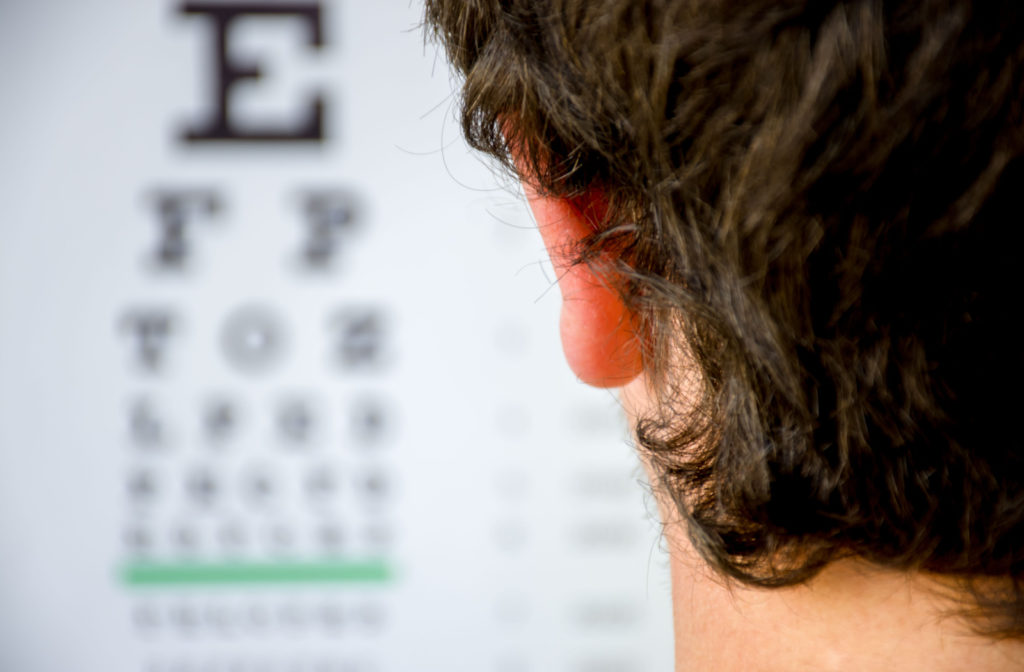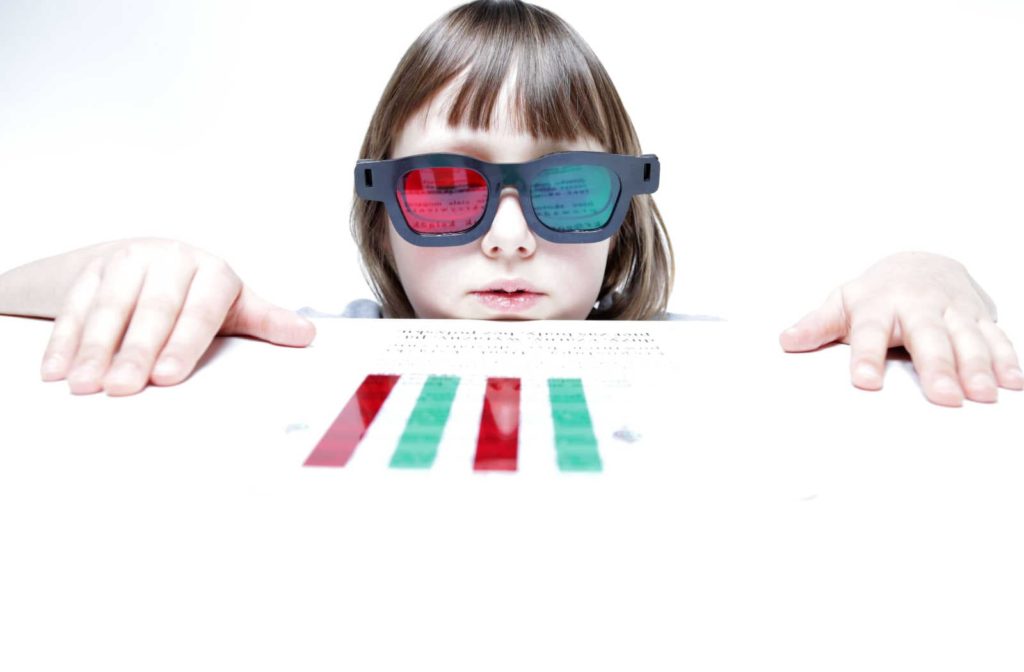Myopia, or nearsightedness, is a condition that affects more than 30% of Americans. Unfortunately, there is no cure for myopia but there are many treatments that can significantly reduce the symptoms and progression of this condition.
Through a comprehensive eye exam, your eye doctor will be able to identify how advanced your myopia is. While there are many treatments for myopia, your individual treatment will vary depending on how early this condition is caught. The doctors at Total Vision are committed to helping you understand your diagnosis and finding a treatment that works for you.
Understanding myopia is an important aspect of knowing what you can do to slow down the progression. Myopia can be detected in the early stages through regular eye exams.
What is Myopia?
Myopia, or nearsightedness, is a condition that occurs when the eyeball is too long or the cornea, the clear cover at the front of the eye, is too curved. The result of this condition is the light entering the eye is not focused properly, causing objects close up to be in focus while objects that are distant become blurry.
This condition can develop in early childhood but can also happen to adults between the ages of 20 to 40. If untreated, this condition can lead to more complications with your vision that can worsen and cannot be slowed down. Myopia, if untreated, can lead to high myopia which can lead to other eye issues such as:
- Glaucoma
- Myopic macular degeneration
- Retinal detachment
There are no genetic indicators that you are at risk for myopia, but there are signs that you could have it. Many people who have myopia in their family will run a higher risk for myopia. While myopia can not be completely reversed or cured, it can be slowed down noticeably. Knowing some of the first indications or signs of change in your eye health can help you to detect this condition early so that it can be slowed down.

What are the Signs and Symptoms of Myopia?
In many cases, myopia is often detected in children, although myopia can develop later on in life and into adulthood. The signs and symptoms can be different for everyone but some of the more common signs that you could have myopia are:
- Eyestrain
- Headaches
- Needing to squint when looking at objects that are further away
- Blurry vision at night or in areas with dim or low light
Many times for children, they may not be able to see far away objects, like whiteboards, clearly while they are learning and can have more difficulty watching tv screens or other objects further away.
How Can I Treat Myopia?
There are many treatments for myopia, including:
- Eyeglasses: For many people, using prescription glasses is the first choice.
- Contact lenses: For some people, this can be considered to be invasive as the lenses are worn directly on the eye. They need more care and consideration than glasses.
- Ortho-K or CRT: Orthokeratology, or CRT, is known as corneal refractive therapy. These are specially designed rigid contact lenses that are worn at night, used to reshape the eye while you sleep.
- Vision therapy: This kind of therapy will need to be done with your eye doctor and is mainly used for stress related myopia to help with the muscles in the eyes.
- Laser procedures: Lasik or other laser surgeries, help to reshape the eye ball with the use of laser beams.
It’s important to have regular exams with your eye doctor. If there are any changes in your eye health, it is important to let your doctor know, no matter how small or minor you think they might be.
The eye doctors at Pacific EyeCare Optometry are here to help you and answer any of the questions that you might have. Schedule an appointment at Total Vision today!



